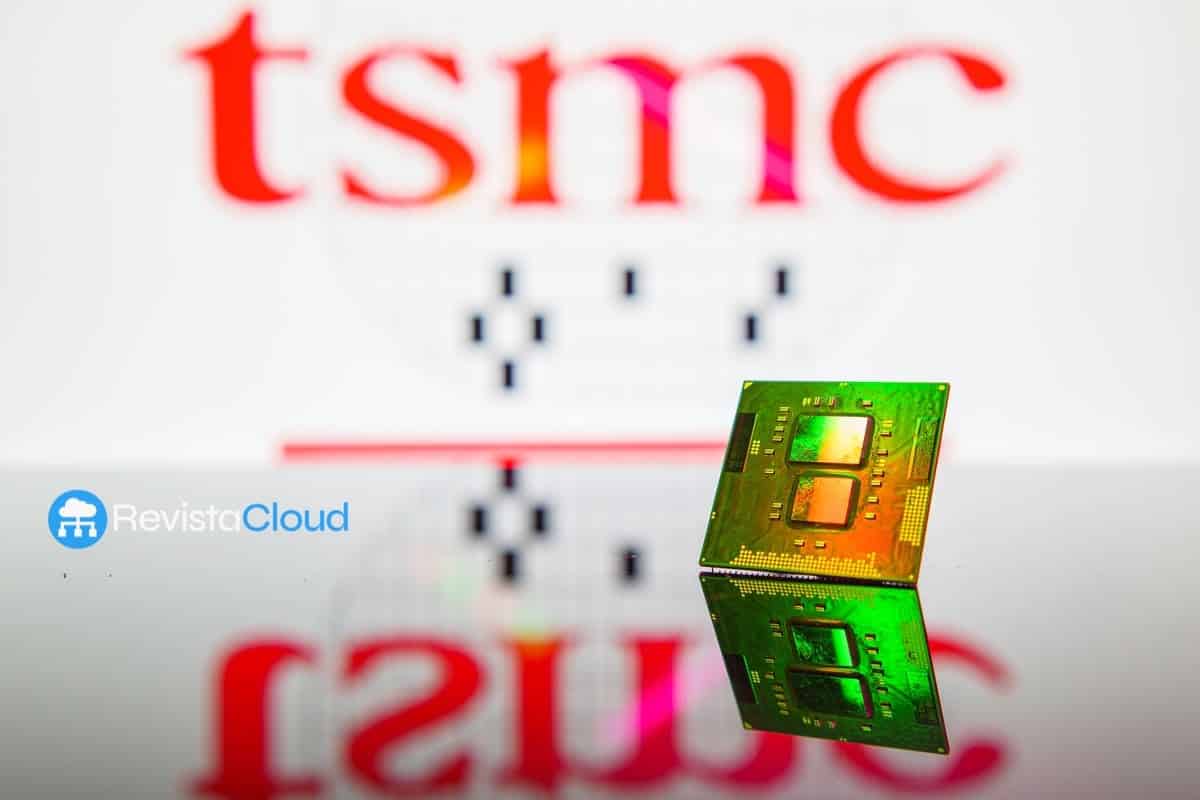The complexity of 4 and 2-nanometer processes, combined with rising costs at U.S. plants, is driving the Taiwanese foundry to revise its rates upward. Huang (NVIDIA) backs this: “It is fair and necessary.”
The world’s largest semiconductor foundry, TSMC (Taiwan Semiconductor Manufacturing Company), is preparing to increase the prices of its advanced chip manufacturing services by up to 30% at its U.S. plants, particularly in 4-nanometer processes, as reported by the Industrial and Commercial Times. This move responds to the growing cost pressures from building factories on U.S. soil, global inflation, and investment in cutting-edge technologies.
The announcement has generated significant interest in the tech industry, receiving strong support from NVIDIA CEO Jensen Huang, who described the decision as “very valuable and entirely justified“. Huang, who recently shared dinner with TSMC President C.C. Wei, emphasized that building state-of-the-art factories and operating at processes below 2 nm “is extremely costly but necessary to maintain global competitiveness.”
A Strategic Endorsement for TSMC
Huang stressed that despite the high costs, TSMC maintains a policy that is fair and consistent for all its customers, contributing to a transparent and efficient ecosystem. The phrase “high value, not overpriced” attributed to the NVIDIA CEO has been interpreted as an explicit endorsement of TSMC’s pricing strategy, further solidifying the already close collaboration between the two companies.
NVIDIA is already among the confirmed clients of TSMC’s 2-nm node, aiming to manufacture its next artificial intelligence chips. These chips will not only benefit from the technological leap but also from a stable and priority collaboration with their silicon supplier.
Reasons for the Price Increase
The planned price increase is based on multiple factors:
- Construction and operational costs in the U.S., significantly higher than in Taiwan.
- Global inflation, affecting both raw materials and technical salaries.
- Exchange rate fluctuations and macroeconomic volatility.
- Increased complexity and risk of advanced processes, such as those at 2 and 3 nanometers.
- Growing investment in artificial intelligence and high-performance computing technologies.
The president of TSMC anticipated in his latest address to shareholders that revenues from AI chips —CPU, GPU, and accelerators, excluding networks and edge— will double this year, with an expected compound annual growth rate of 45% between 2024 and 2029.
Low Success Rate for Early Prototypes and Pressure on IC Designers
According to analysts in the electronic design automation (EDA) sector, the success rate of early chip prototypes (“first silicon”) has dramatically dropped from 30% in previous years to 24% in 2023-2024, with forecasts of declining to 14% in 2025. This situation is due to more complex designs, longer validation timelines, and greater customization of each chip, which increases costs and risks for design companies (fabless).
In this context, IC makers (integrated circuits) particularly value maintaining stable, long-term relationships with foundries like TSMC to secure resources, production time, and access to advanced technologies. Changing suppliers in these processes entails costs and risks that are too high.
NVIDIA: A Client with Scale Power
Although the price increase may present financial pressure for clients, TSMC’s model follows the logic of “the more you buy, the more you save“. This means that large clients like NVIDIA can benefit from better terms in exchange for volume, long-term commitment, and technical collaboration. This, along with the growing mutual dependence in the race for AI, reinforces the strategic relationship between the two tech giants.
With the demand for AI chips and cutting-edge processes in full swing, TSMC’s move sets a precedent for the rest of the industry, where technological innovation goes hand in hand with inevitable economic pressure.
Source: ctee

